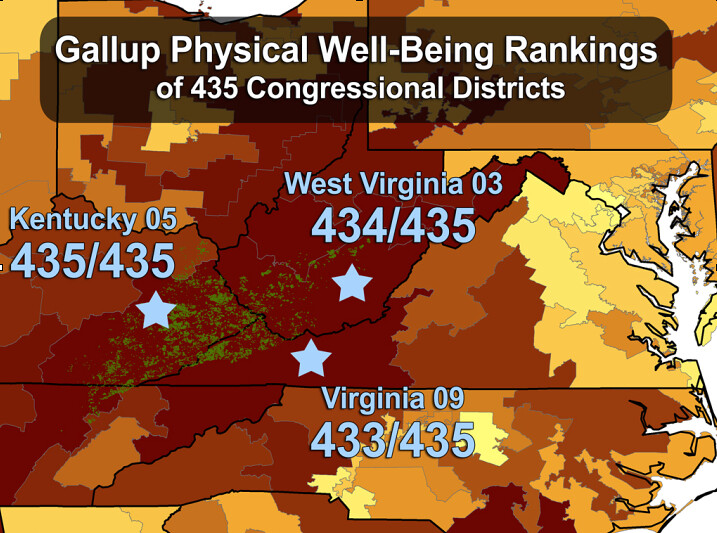Front Porch Blog
 Mounting evidence shows mountaintop removal is detrimental to the health of local communities, to the land it flattens, and to the water it buries and pollutes, but the industry loves to tout that coal is good for local economies.
Mounting evidence shows mountaintop removal is detrimental to the health of local communities, to the land it flattens, and to the water it buries and pollutes, but the industry loves to tout that coal is good for local economies.
But is that really the case?
Two blockbuster reports released today by Downstream Strategies reveal that every year the coal industry costs West Virginia and Tennessee millions more than it brings in. Examining the revenues and expenditures of coal industry employment, taxes and subsidies in Tennessee and West Virginia, the reports confirm the suspicions of many skeptical of Big Coal’s tired talking points.
Like this one from FACES of Coal:
“Economically healthy coal mining equals a healthy community.”
Well, besides the fact that I doubt you or anyone you know wants to live or work near this:

While contending with this:

Downstream Strategies now points out that in West Virginia the coal industry brought $600.7 million in revenues to the state in 2009, which turns out to be $97.5 million less than the $698.2 million the industry cost the Mountain State in the same year. In Tennessee, the bottom line amounted to an estimated net economic loss of $3 million.
In other words, coal actually costs these states money.
So what does the coal industry mean when they say “healthy”? They don’t mean healthy waterways, like this “stream”, do they?

What about the overall health of coalfield communities? The Gallup-Healthways’ Well-Being Index shows that Appalachian congressional districts where mountaintop removal is most prevalent are the unhealthiest in the nation year after year.

FACES of Coal! You lovably, anonymous “people” are such cut ups!
In any case, lead author of the Downstream Strategies reports, Rory McIlmoil notes, “While the coal industry provides significant benefits for state budgets, the industry also imposes substantial costs that impacted the budgets of both states in 2009. These are costs that, lacking a change in state policy, will be paid by the citizens of Appalachia for decades.”
The reports are two in a series of studies on coal’s impact to the economy of Central Appalachia. Another was released on Kentucky last year, and an evaluation of Virginia is expected in the future. Copies of both reports can be found at www.downstreamstrategies.com.
Click here to go directly to a pdf of the the WV report.
Click here to go directly to a pdf of the TN report.
PREVIOUS
NEXT
Related News

Leave a comment
Your email address will not be published. Required fields are marked *
